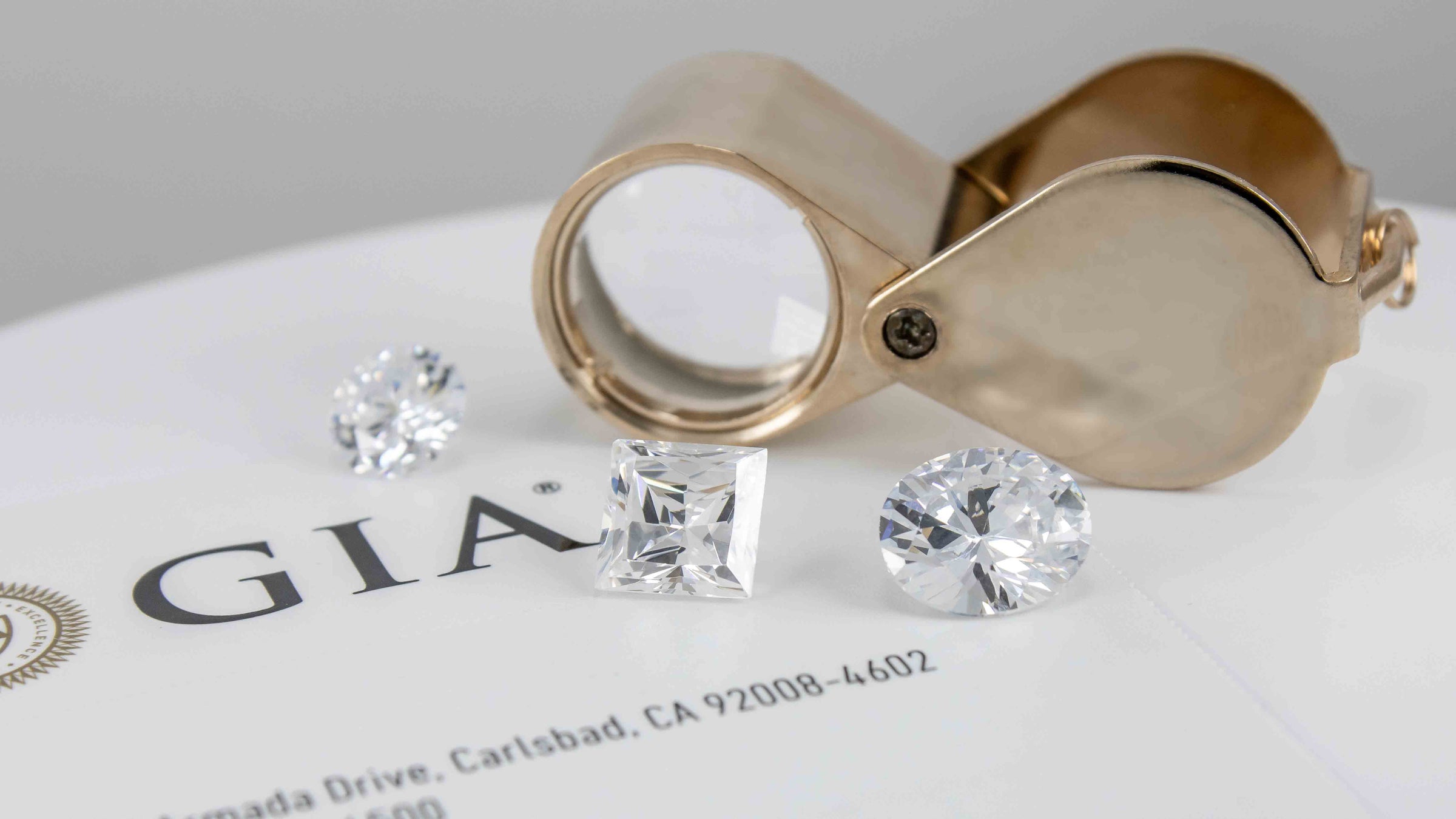About Pear Cut Diamonds
HOW did a pear CUT DIAMOND get its shape?
This diamond style is truly unique, taking the shape of a teardrop with a distinct silhouette that sets it apart from other diamond shapes. Often referred to as teardrop diamonds, pear shaped diamonds boast a distinctive raindrop shape that symbolizes tears of joy.
The pear shaped diamond is a stunning combination of two popular cuts - the round brilliant cut and the marquise cut. The round cut is widely recognized as the most popular diamond cut worldwide, known for its ability to beautifully reflect light and sparkle brilliantly. Meanwhile, the marquise cut is a delicate and feminine cut that exudes elegance and beauty. The combination creates a delicately feminine quality that catches the eye.














